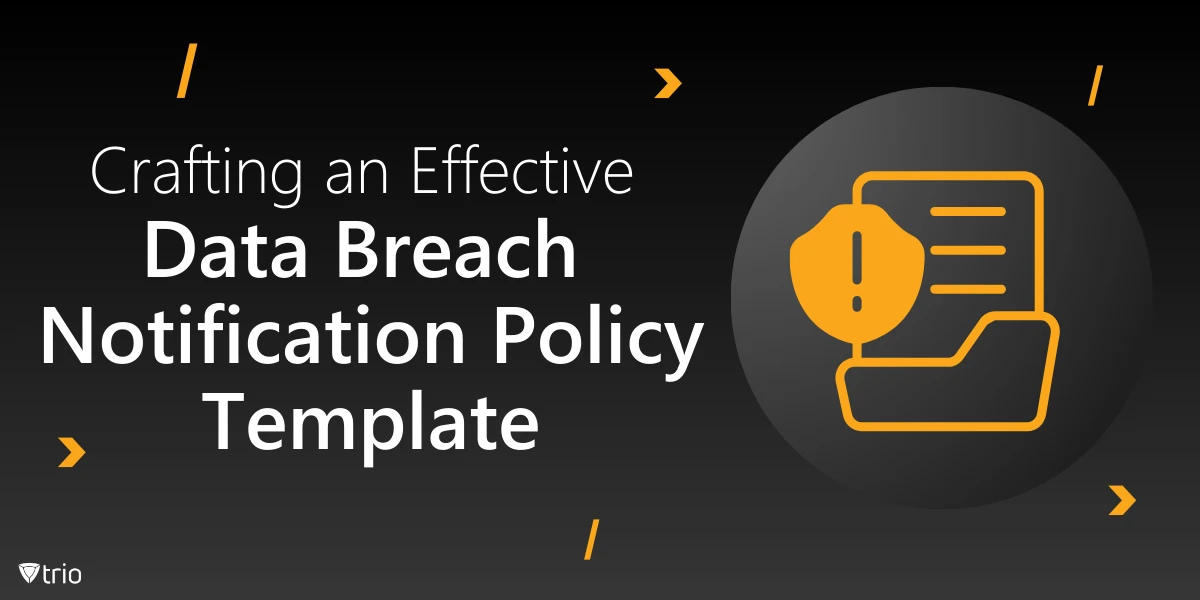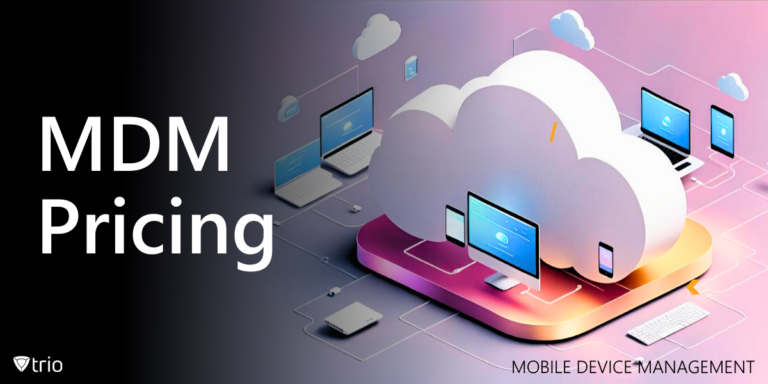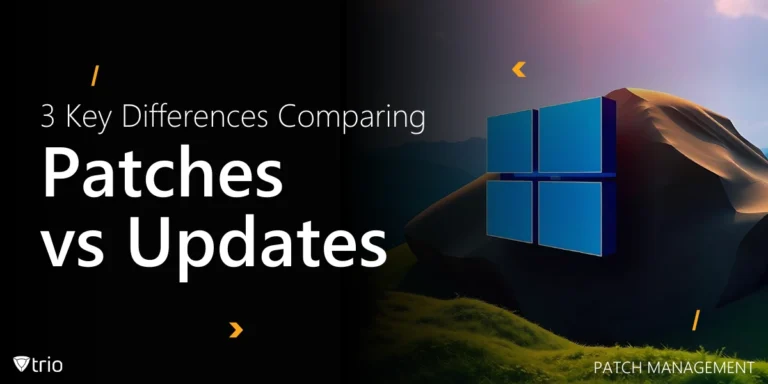Data breaches can have devastating consequences for businesses, from financial penalties to a loss of trust among customers and stakeholders. According to IBM, the global average cost of a data breach in 2024 is $4.88M. In today’s digital landscape, it’s no longer a matter of if a breach will happen but when. Organizations need to be prepared, and having a robust Data Breach Notification Policy template is a critical component of that preparedness. This blog will walk you through the key elements required to create an effective data breach notification policy and how it can safeguard your business.
Why a Data Breach Notification Policy is Essential
In the event of a data breach, prompt and transparent communication with affected individuals and regulatory bodies is not just good business practice—it’s often a legal requirement. Various regulations like the General Data Protection Regulation (GDPR) and the California Consumer Privacy Act (CCPA) mandate that organizations notify impacted parties within a specific timeframe, often as short as 72 hours. Failure to comply can result in heavy fines and lasting reputational damage.
An effective data breach policy provides a structured framework for how your organization will handle communications following a breach. It ensures that all stakeholders are informed quickly and consistently, helping to limit the damage and restore confidence. Moreover, it outlines specific responsibilities for your teams, from IT and security to legal and PR, ensuring everyone knows their role when a breach occurs.
Key Elements of a Data Breach Notification Policy
An ideal Data Breach Notification Policy should begin with clear definitions of what constitutes a breach, what types of data are considered sensitive, and which stakeholders need to be informed. The first critical step is breach detection, where employees and contractors must report any suspected incidents immediately. After the breach is confirmed, an impact assessment must be conducted to evaluate the severity of the incident.
Next comes the most crucial part: the notification process. This includes meeting regulatory obligations by notifying affected parties within the required timeframe and using appropriate channels for communication. Notifications must include clear details about the breach, the type of data affected, and steps affected individuals should take to protect themselves. At the same time, a communication plan with the media should be activated to handle any public relations fallout effectively.
Implementing Your Data Breach Notification Policy
To implement a policy that’s effective, it’s crucial to regularly train employees on data breach investigation and incident handling. Regular breach simulations should also be conducted to test the organization’s ability to respond promptly and efficiently using the data breach response policy. Additionally, the policy should be reviewed periodically to ensure it remains compliant with evolving data protection laws and security standards.
Equally important is post-incident analysis. After a breach has been resolved, it’s essential to conduct a review to identify the root cause and improve defenses against future incidents. This ongoing evaluation makes your policy a living document that evolves with the organization and the changing security landscape.
Download a Customizable Data Breach Notification Policy Template
No organization can afford to be complacent about data breaches. A well-defined and well-executed Data Breach Notification Policy is a vital tool in minimizing the damage from such incidents. By setting clear guidelines and responsibilities, you can ensure your organization is prepared to respond effectively when the inevitable occurs. As an example for data breach notifications, use our template provided here:
See Trio in Action: Get Your Free Trial Now!
Looking for an all-in-one solution to streamline your data protection strategies? Trio, a Mobile Device Management (MDM) offers comprehensive tools for managing security policies, including data breach notifications, to ensure your organization remains compliant and protected. Sign up for a free trial today and take the first step toward safeguarding your business.
Get Ahead of the Curve
Every organization today needs a solution to automate time-consuming tasks and strengthen security.
Without the right tools, manual processes drain resources and leave gaps in protection. Trio MDM is designed to solve this problem, automating key tasks, boosting security, and ensuring compliance with ease.
Don't let inefficiencies hold you back. Learn how Trio MDM can revolutionize your IT operations or request a free trial today!




